Evidence of Roman hydraulic and engineering excellence, the Formina Aqueduct is a complex of tunnels, bridges and tunnels that run for 13 km on a constant slope, from Sant’Urbano to Narni.
The Roman Aqueduct of Formina in Narni.
According to priest Ferdinando Brusoni, which wrote in the XVIII century, an inscription on marble slab which was to be walled up on a wall of the aqueduct, reported the realization of the work between 24 and 33 AC by the Curator Aquarum from Narni Marco Cocceio Nerva, ancestor of the homonymous emperor.
The Roman Aqueduct , principal supply source of Narnia, starting to the Caput Aquae – which was 8 km away from Narni in the Bandita mountain in valley of Sant’Urbano – collects seven springs along its course which is characterized by;
- four bridges – Ponte Pennina, Ponte Nuovo, Ponte Vecchio and Ponte Cardona;
- three tunnels – Tunnel of San Biagio (449 meters long) Tunnel of Mount Ippolito (700 m) and Tunnel of San Silvestro (231 m).
According to what were the canons dictated by Vitruvius in De Architectura, the average slope is 5 per 1000.
A face joined to the walls of Narnia the water was collected in the castellum aquae from which the lead pipes started.
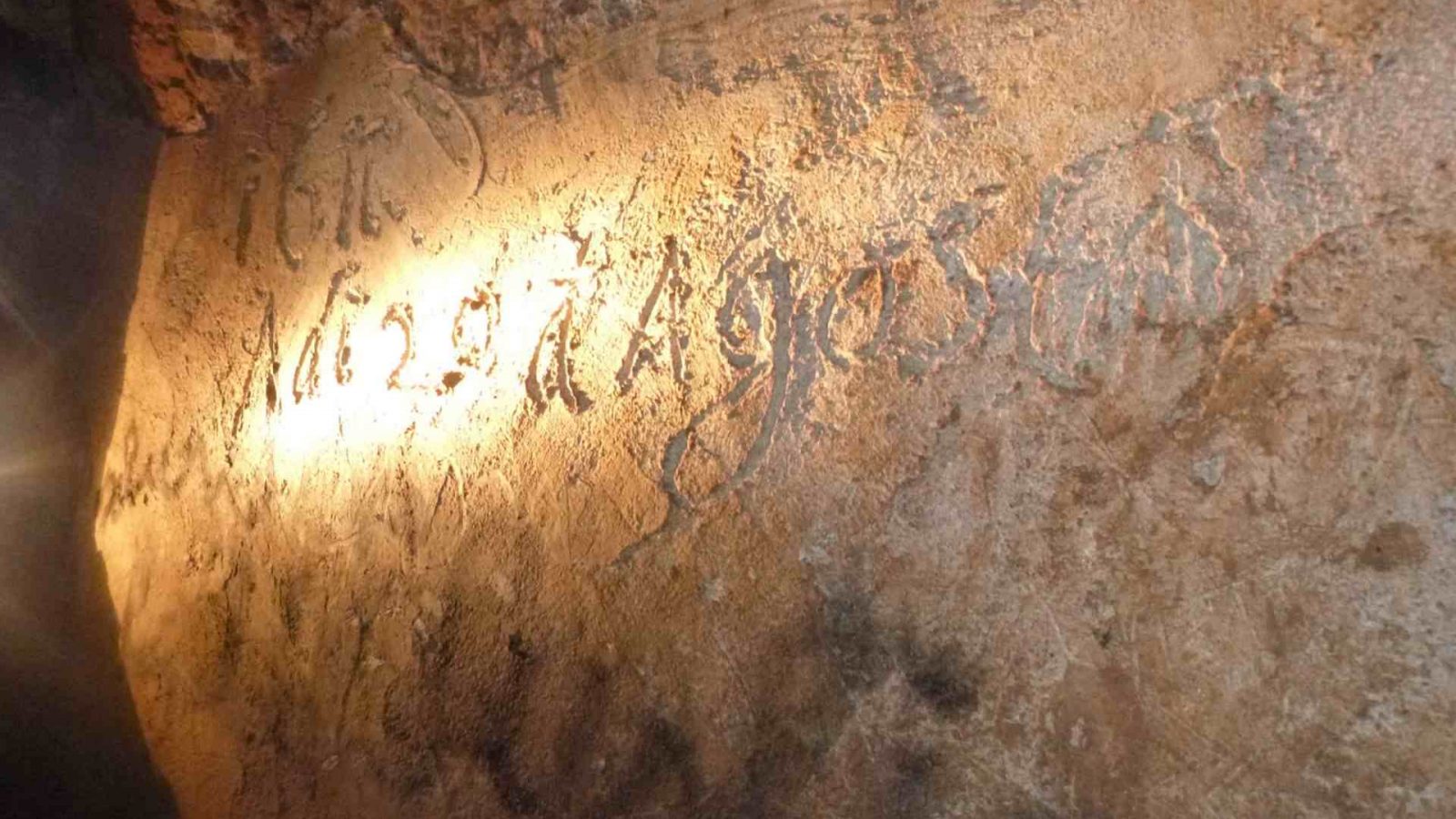
The Pennina Bridge
At two kilometres from the Caput Aquae (=the first spring where the waters were gathered), you come to the Pennina Bridge, just over 17 metres long, with vents for access inside which one is still visible.
The bridge, restored over the centuries, retains little of its Roman structure.
The New Bridge
The New Bridge is the second bridge, is 24 meters long and, on its, runs the provincial street Narni – Sant’Urbano .
The name is probably linkes to its edification in the actual shape that we can ipotize between the XIII and the XIV century – the date of 1303, reported on the bronze cup of the fountain of Piazza dei Priori, refers to the bridge restore.
Some materials of the original roman bridge are in the structure even today.
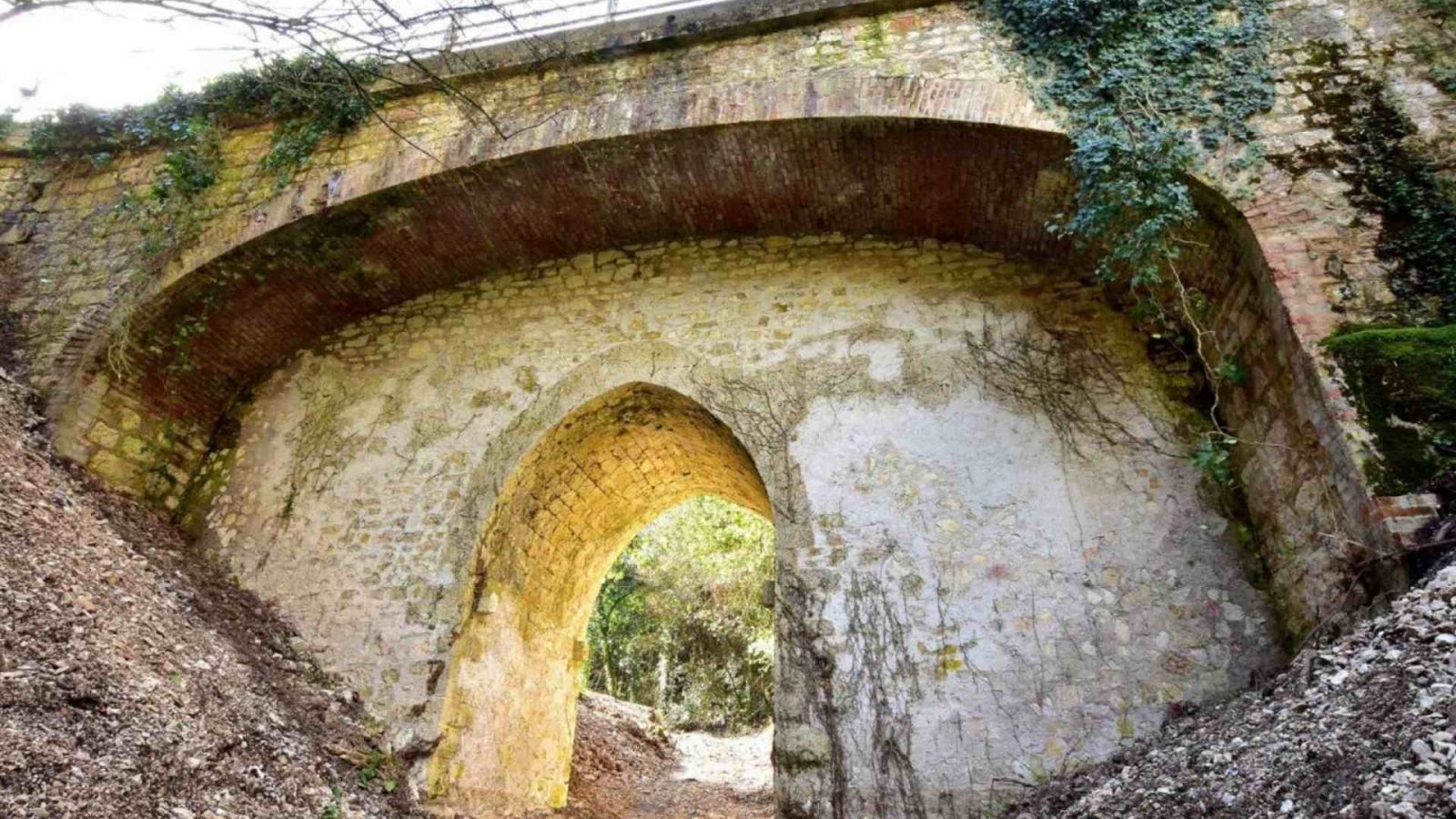
The Old Bridge.
The Old Bridge is the third bridge, is 17 meters long and, even above this, runs the provincial street Narni – Sant’Urbano.
Also this structure has undergone several renovations, in particular the tanning in key that preserves an italic symbol in high relief, certainly with apotropaic
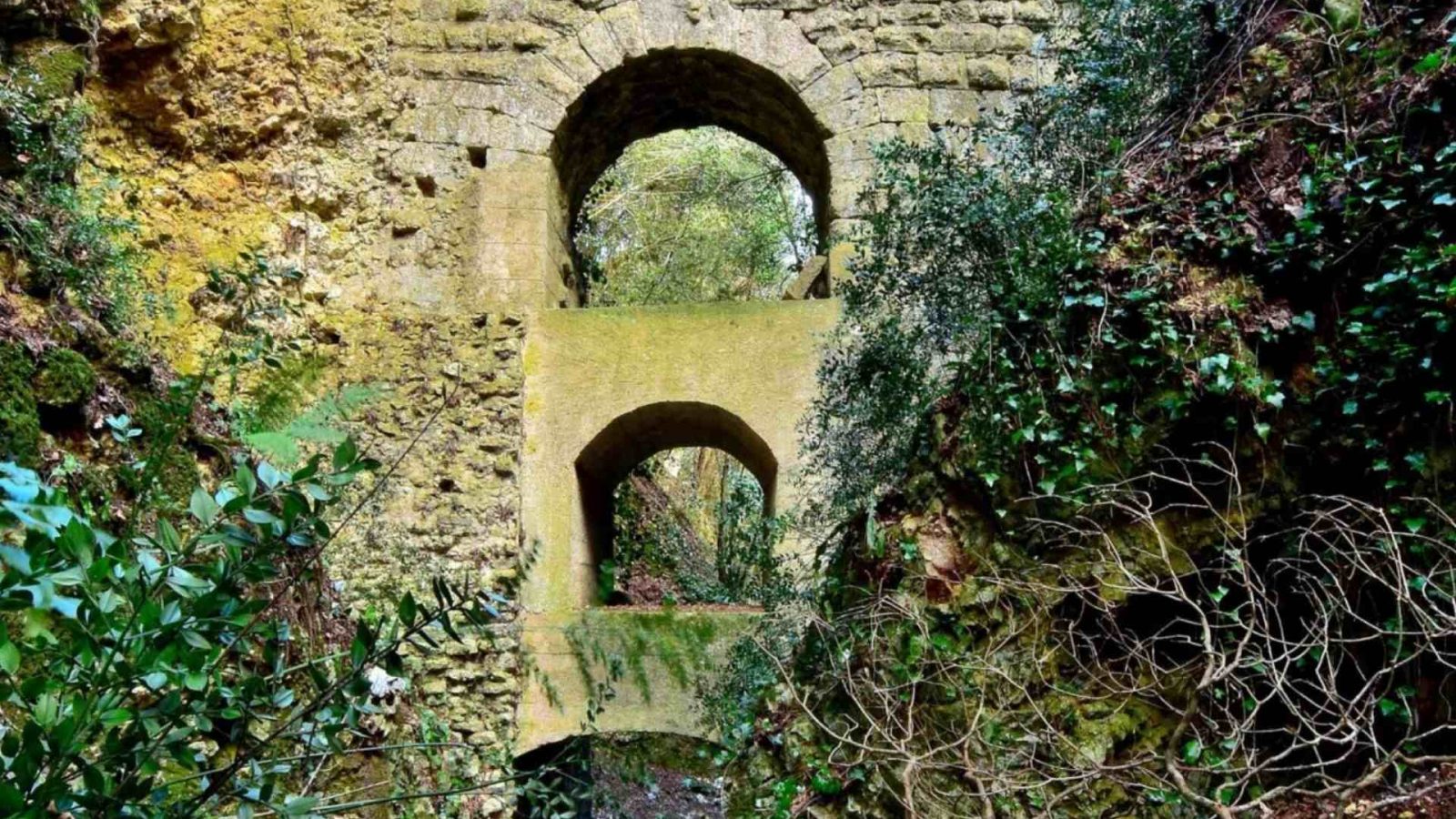
The Cadorna Bridge.
The Cardona Bridge with its elegant presence inside the homonymous wood of oaks and holm oaks, accessible through a path in the green , is in Montello and was built to overcome the ditch of the Collari.
Realized in square work with travertine ashlars is placed in the vicinity of what is the Geographic Center of Italy.
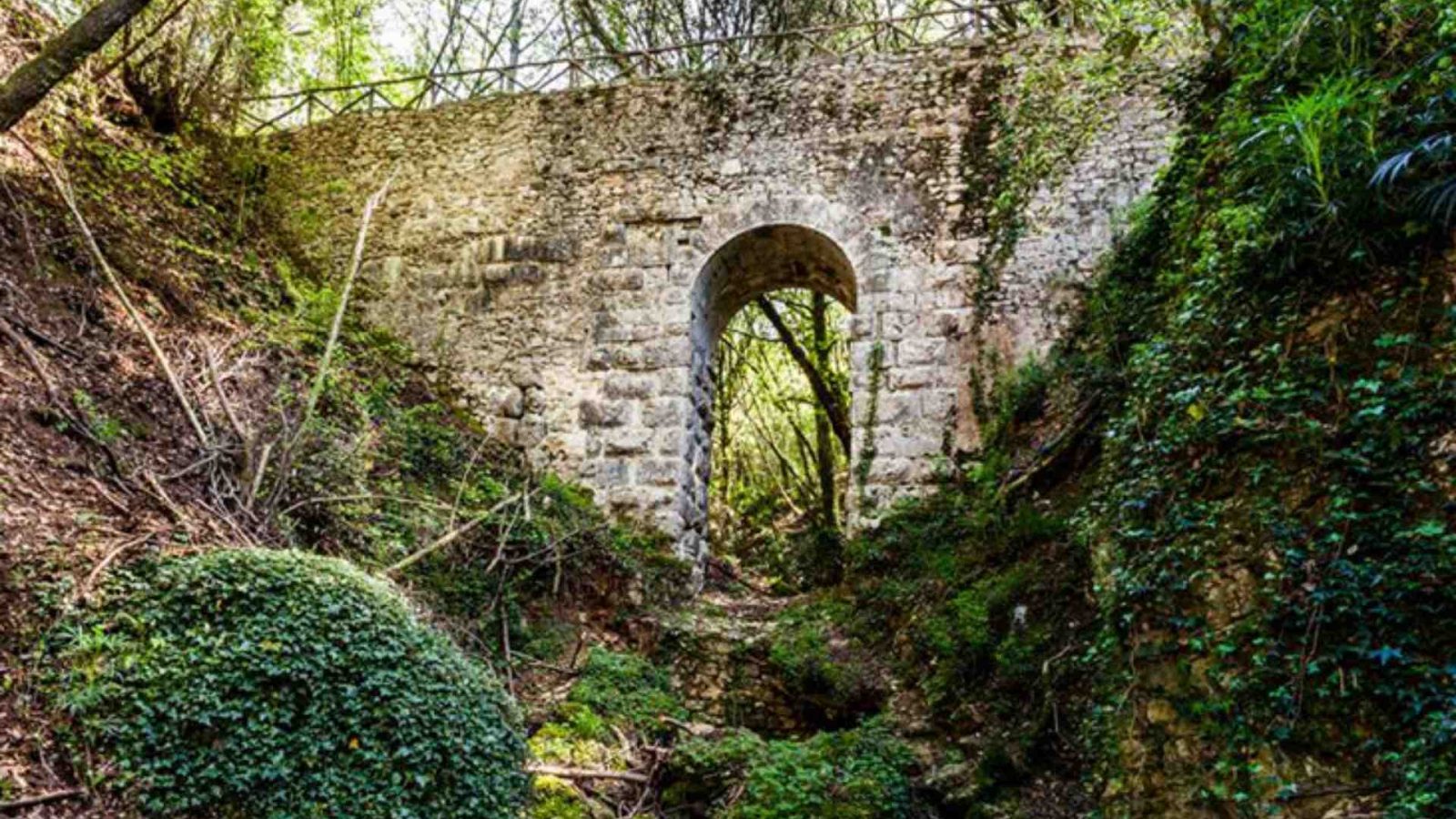
The three tunnels.
The Tunnel of San Biagio is the first from Caput Aquae and is 449 meters long.
The tunnel, dug into the rock, was consolidated with a masonry covering, while for the cover was used the stone tied with lime mortar that in some sections formed a cusp while in others a very small round.
Suggestive are the epigrafes of who wanted to leave its signature during the restore works, in particular Mastro Berto Alberto and Mastro Bastiano, in charge as controller of the works on September 5, 1620.
The Tunnel of Mount Ippolito is 700 meters long and, during the months between May and October , can be visited by reservation,
In its walls are preserved niches which were used to insert the lamps for the light .
Some epigrafes, as in the other tunnel, bear witness to the restored works made during the years.
The Tunnel of San Silvestro is the last of the three and is 231 meters long.
Even this tunnel was subjected to numerous restorations as bear witness, even two dates in the plaster that report the dates of “1595” and “August 27, 1625”.
The visit inside the Aqueduct of Formina.
The guided visit of the Aqueduct of Formina is possible from May to October thanks to the Association Subterranea.
The charm of the experience is unique , because it is the only Roman Aqueduct that can be visited in Italy.
A walk on the Formina Trail.
The Formina Trail, which starts from the Narni walls and arrives at Sant’Urbino, traces all the points of interest linked to this splendid work which from the roman era to today has become available to the water needs of Narni and its territory.
Info Point - Tourist Office
Piazza dei Priori, 3, Narni
For all information about the Aqueduct of Formina , it is suggested to contact the Info Point at piazza dei Priori
Discover Narni.
Continue to walk with us discovering what to see inside the walls of Narni.
Or discover the points of interest of Narni and of its territory:
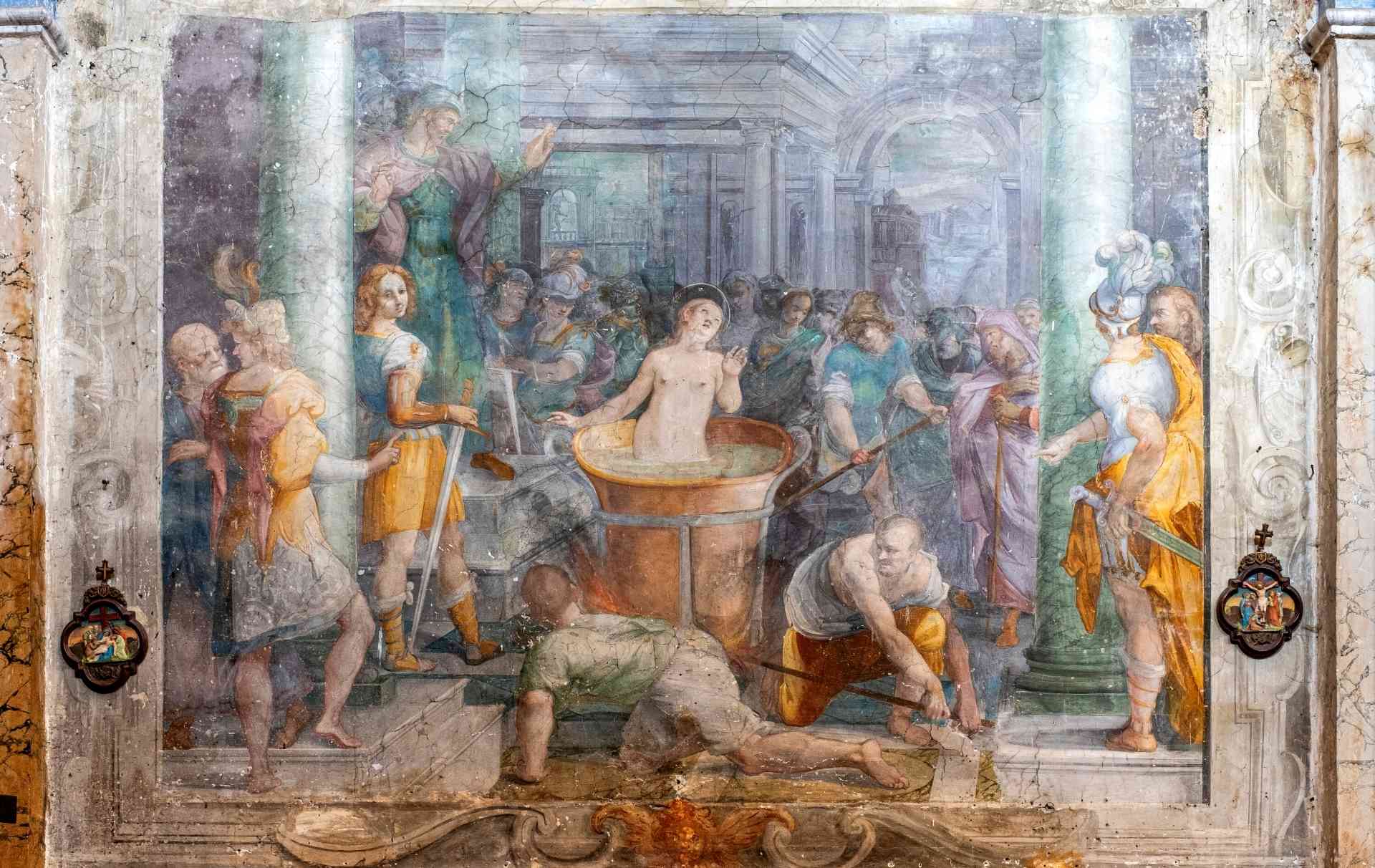
Church of Santa Margherita
The Church of Santa Margherita was built in the heart of the town of Narni, at the beginning of the XVII century. Near the building
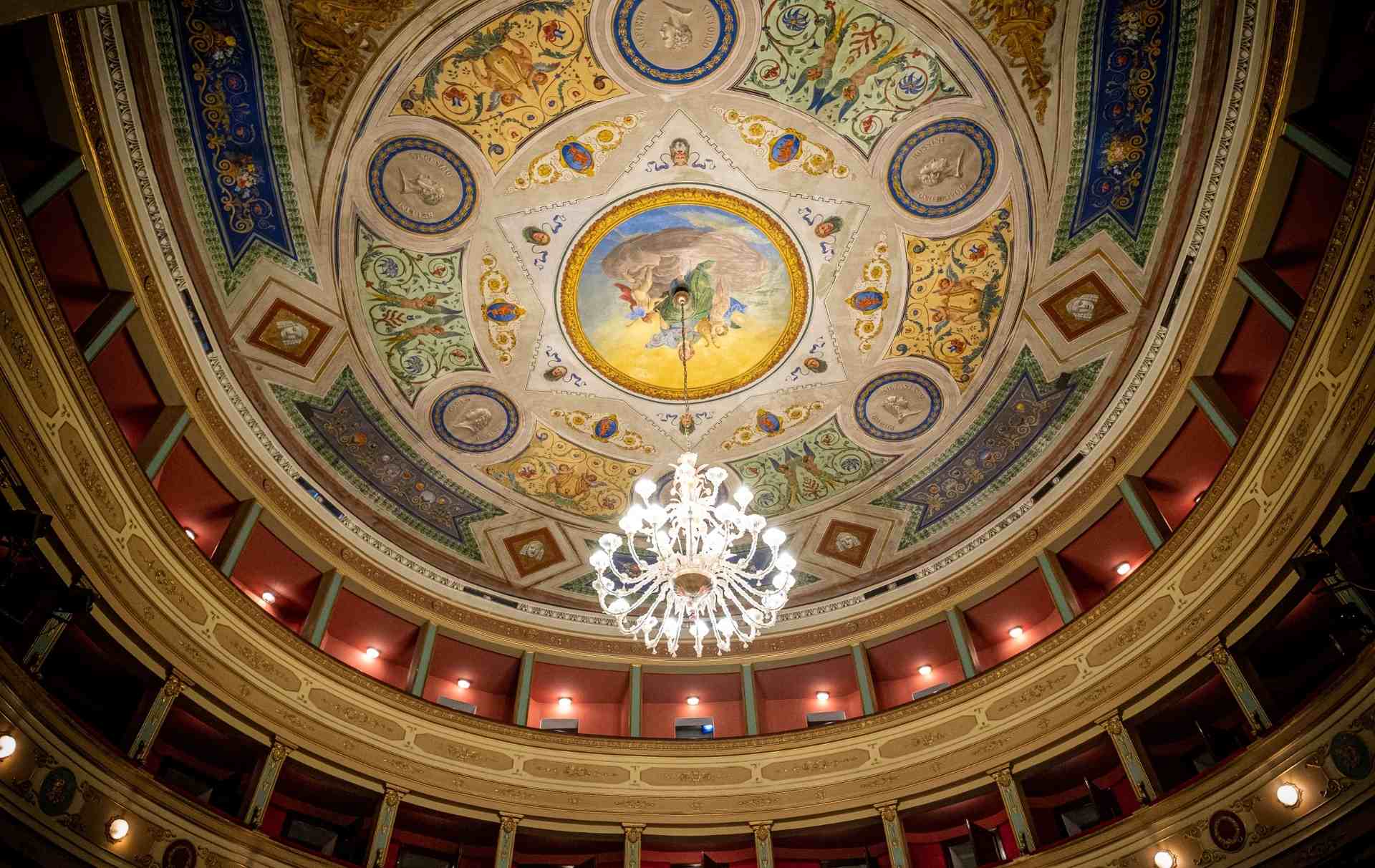
Manini Theatre
At the end of Via Garibaldi , in front of the construction which hosted the Bank , there was the Municipal Theatre of Narni dedicated
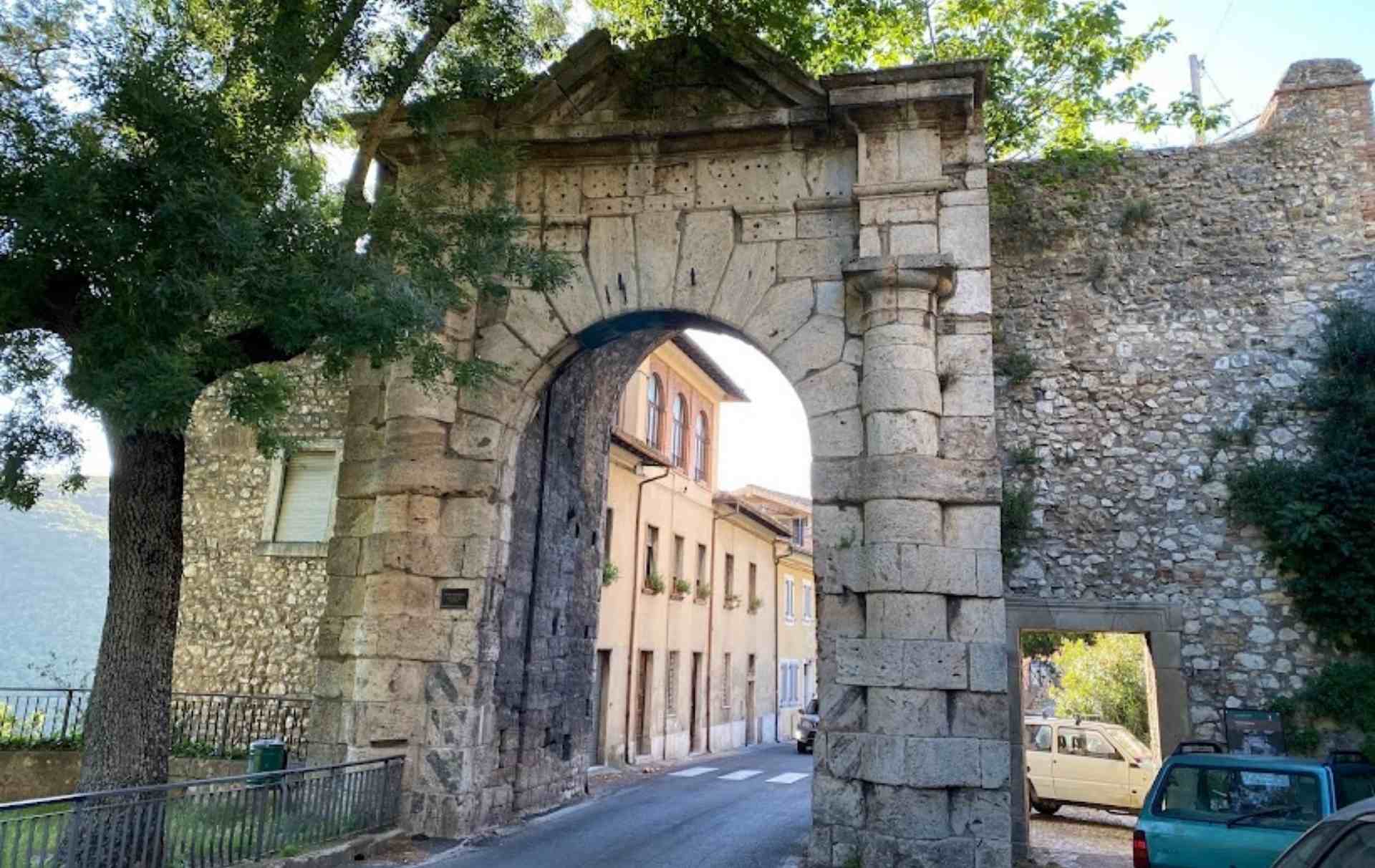
Roman Gate
Along the itinerary of Via Flaminia, which enters Narni from the south becoming Vva Vittorio Emanuele, there is Roman Gate that in the XVIII century


